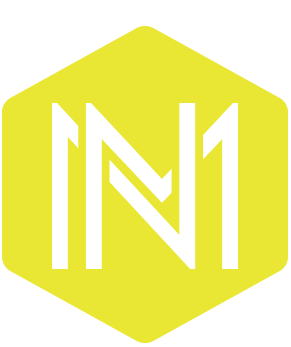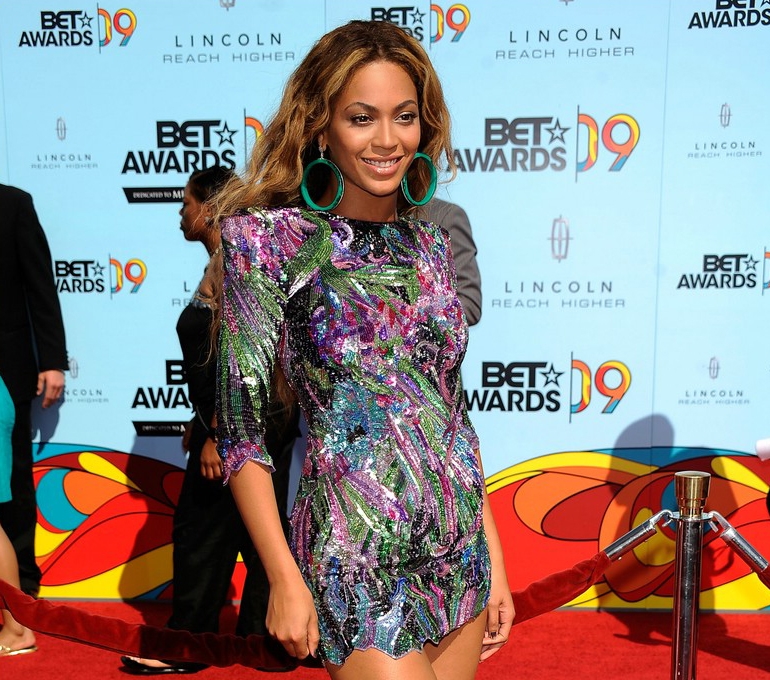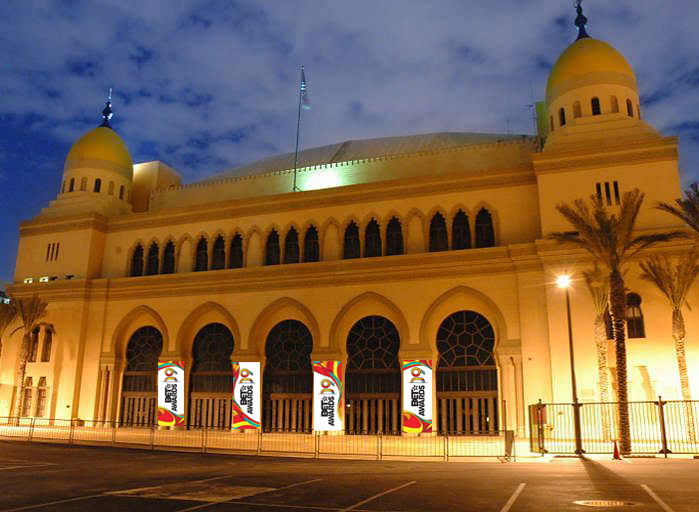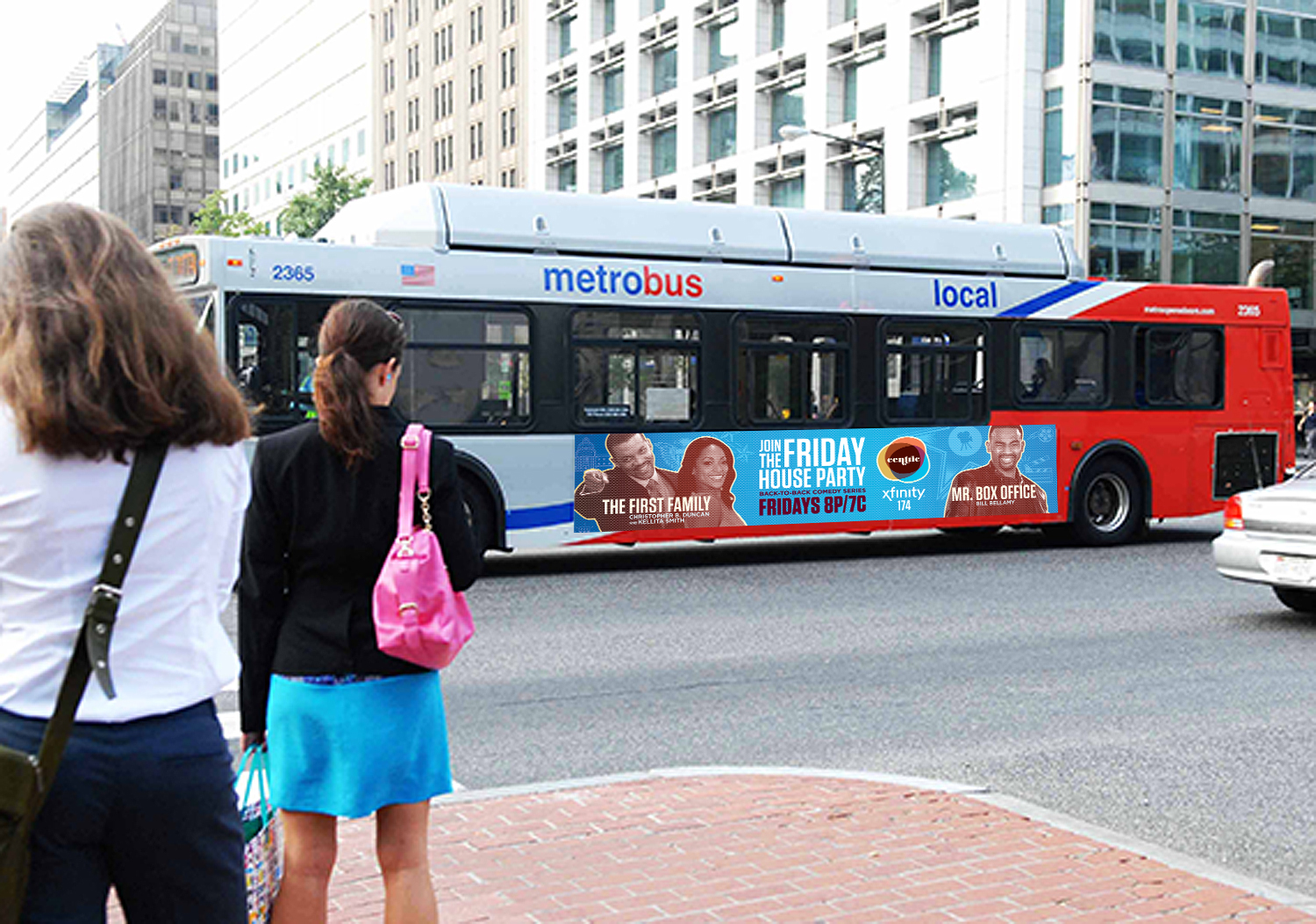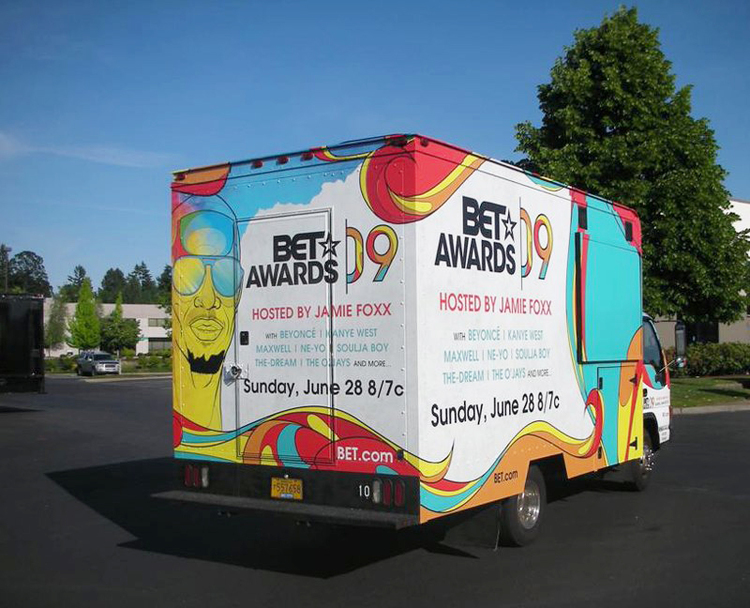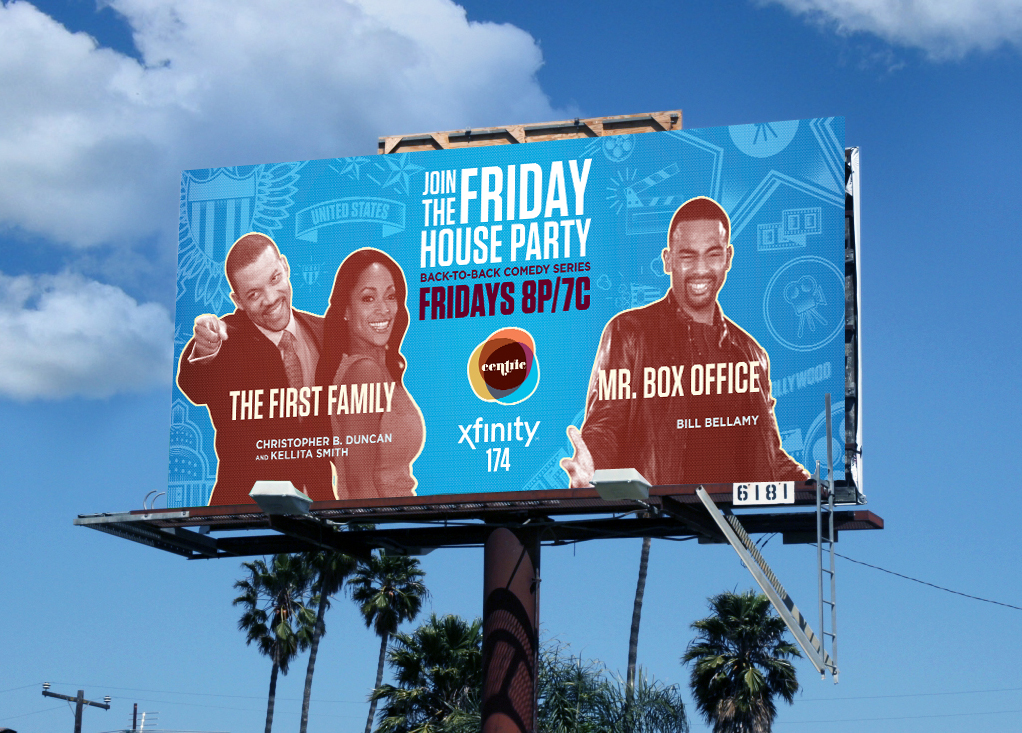In a previous post we covered the differences between offset and digital printing. In general, offset printing produces higher quality products and produces more consistent results when it comes to color. One of the downsides is, it's more expensive for smaller quantities. The main reason offset can be expensive, especially for smaller quantities is the set up charges, to set up a press for a single job is pricey, but once you're over that hurdle it's much more economical than digital printing. The solution: Gang Runs.
Gang Run Printing is when you run several jobs together on the same paper stock thus eliminating multiple set up charges. Several on-line printers produce materials based on this model allowing them to offer low prices on common materials (i.e. Business Cards, Brochures, Rack Cards, Door Hangers, Posters, Greeting Cards etc.). My two favorites are JakPrints and Moo. I've worked with JakPrints many many times and they do great work, have great customer service and offer quite a few paper options.
If you're working with a custom printer, you can still set up your own Gang Run with some careful planning. Take a look at your entire year. Which projects use the same paper? Which ones could be grouped together based on timing? Approaching projects in this way can help save you thousands in set up charges.
